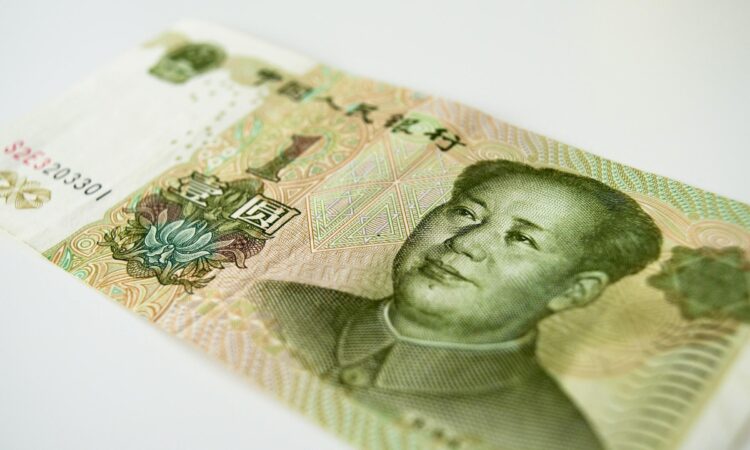
Asian currencies traded mostly flat on Thursday after suffering sharp losses in the previous session, as the U.S. dollar held firm on expectations of a cautious Federal Reserve policy path. The U.S. Dollar Index, which tracks the greenback against a basket of major currencies, eased 0.1% after jumping 0.6% to a two-week high overnight. Dollar Index Futures also slipped 0.1% as of 04:30 GMT.
The strength of the dollar comes after remarks from Federal Reserve Chair Jerome Powell, who warned earlier this week that the central bank must remain “measured” when easing monetary policy. Other Fed officials also highlighted the risks of moving too quickly on rate cuts, dampening expectations for aggressive reductions despite last week’s first rate cut since December. Investors now await further speeches from policymakers for additional signals.
Market focus has shifted to key U.S. economic releases that could influence the Fed’s outlook. Weekly jobless claims, due later Thursday, will be closely watched given recent signs of a cooling labor market. An advance reading of second-quarter GDP is also scheduled, while Friday’s release of the Fed’s preferred inflation gauge—the personal consumption expenditures (PCE) price index—remains the main event for traders.
In Asia, currency markets reflected mixed moves. The Japanese yen weakened slightly, with USD/JPY down 0.2% after gaining nearly 1% overnight. Bank of Japan meeting minutes revealed divisions among policymakers, with some advocating for potential rate hikes in the future. The South Korean won slipped 0.3% after climbing 0.7% previously, while the Singapore dollar traded flat. The Indian rupee edged 0.2% lower.
China’s yuan also ticked 0.1% lower in both onshore (USD/CNY) and offshore (USD/CNH) markets. Meanwhile, the Australian dollar stood out, rising 0.3% against the greenback.
Global investors remain cautious, balancing Fed signals with upcoming U.S. data and Asian central bank cues, as volatility persists in currency markets.




